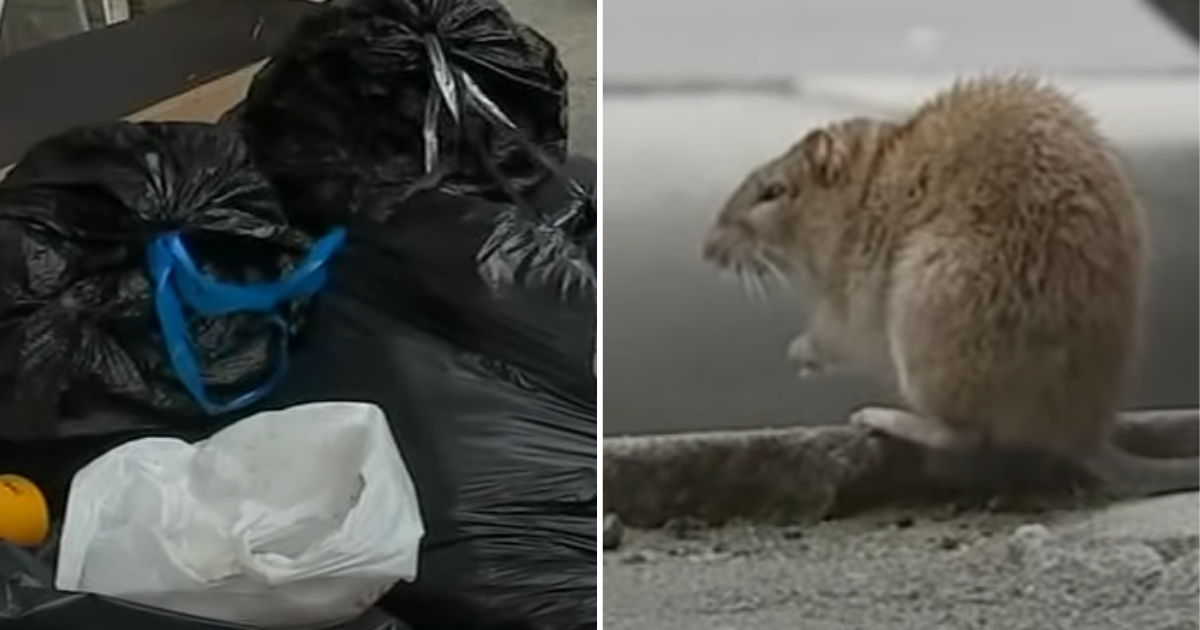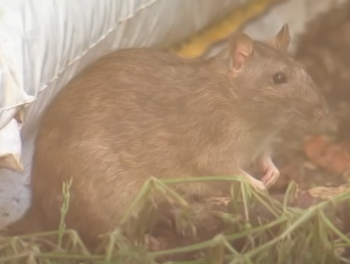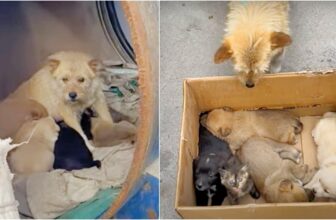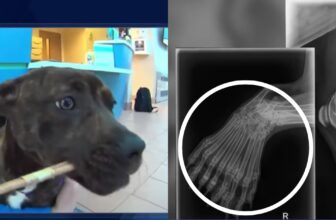
In a stark revelation, health authorities in the bustling urban landscape of New York City find themselves grappling with a disturbing surge in cases of leptospirosis, an insidious bacterial infection transmitted through exposure to rat urine. As this concerning trend gains momentum, officials are urgently sounding the alarm, highlighting the imperative need for heightened vigilance and proactive measures to combat the spread of this potentially life-threatening disease. The escalating incidence of leptospirosis serves as a poignant reminder of the complex interplay between urban environments, rodent infestations, and public health risks.

Leptospirosis, often referred to as “rat urine disease,” poses significant health risks if left untreated. The bacterium, Leptospira, thrives in the urine of infected rodents, particularly rats, and can enter the human body through cuts, abrasions, or mucous membranes. Once inside, it can lead to a range of symptoms, from mild flu-like illness to severe complications such as kidney failure and liver damage.
The latest data paints a troubling picture: last year witnessed a staggering surge in leptospirosis cases, with a record-breaking 24 reported instances—a stark contrast to the historical average of merely three cases per year over the past two decades. This spike has sent shockwaves through the medical community and prompted urgent calls for action to stem the tide of infections.
Experts attribute the rise in cases to a myriad of factors, chief among them being the proliferation of rat populations in urban environments. With dense infrastructure and abundant food sources, cities like New York provide an ideal breeding ground for rodents, exacerbating the risk of leptospirosis transmission. Additionally, changing weather patterns and environmental factors may contribute to the expansion of rodent habitats, further compounding the problem.

Furthermore, socioeconomic disparities play a pivotal role in shaping the trajectory of leptospirosis outbreaks. Vulnerable communities, often residing in areas with inadequate sanitation infrastructure and limited access to healthcare resources, bear the brunt of the burden. In these underserved neighborhoods, where rat infestations are prevalent and hygiene standards may be compromised, individuals are disproportionately at risk of exposure to the disease.
As health officials grapple with the complexities of combating leptospirosis, they emphasize the importance of a multifaceted approach encompassing public education, environmental management, and targeted interventions. Outreach efforts aimed at raising awareness about the risks of rat-borne diseases and promoting preventive measures, such as proper sanitation practices and rodent control measures, are deemed essential in empowering communities to safeguard their health.

In parallel, municipal authorities are stepping up efforts to tackle the root causes of rat infestations through comprehensive pest control initiatives and infrastructure improvements. By addressing factors contributing to rodent proliferation, such as inadequate waste management and substandard housing conditions, policymakers aim to create healthier, safer urban environments for all residents.
In the face of this emerging health crisis, collaboration between government agencies, healthcare providers, community organizations, and residents is paramount. Only through collective action and sustained commitment can we stem the tide of leptospirosis infections and safeguard the well-being of our communities for generations to come.
Click the video below to watch this incredible story!
Please ‘SHARE’ to pass on this story to a friend or family member





